As a seasoned traveler and culture enthusiast, exploring a vibrant metropolis like Los Angeles is always a thrilling prospect. It’s a city that pulses with diverse energy, offering everything from world-class museums and historical landmarks to stunning natural landscapes and an unparalleled culinary scene. Figuring out Los Angeles Where To Go can feel overwhelming given the sheer number of options, but that’s where the real adventure begins – uncovering the hidden gems and iconic spots that define this sprawling Californian heartland. Let’s dive into the places that make LA truly special, exploring culture, history, food, and unique experiences.
Los Angeles, located in Southern California, is more than just Hollywood glamour; it’s a mosaic of neighborhoods, each with its own distinct character and story. From the sun-drenched beaches of Santa Monica and Malibu to the historic streets of Downtown LA and the artistic enclaves like Koreatown and the Arts District, there’s a profound depth waiting to be discovered. Understanding the geography is the first step in planning your journey through this vast urban landscape.
The city’s cultural offerings are immense, reflecting its diverse population. Museums abound, covering everything from art and history to natural science and unique curiosities. For residents, discovering Los Angeles Where To Go often includes taking advantage of local resources like the Los Angeles Public Library’s Discover & Go program, which provides free passes to many of these incredible institutions. This initiative is a fantastic way for the community to engage with the city’s rich cultural tapestry without the barrier of admission fees.
Understanding the city’s history enriches any visit. From its indigenous roots to its Spanish colonial past, its growth during the California Gold Rush, and its evolution into a global center for entertainment, aerospace, and technology, LA’s story is complex and fascinating. Exploring historic districts and landmarks gives you a tangible connection to the city’s journey through time. This historical context often intertwines with the cultural institutions that preserve and interpret the past for present and future generations.
Food is the soul of Los Angeles. The city’s culinary landscape is a testament to its multicultural identity, offering authentic flavors from virtually every corner of the globe. Tacos from a street vendor in Boyle Heights, fresh seafood in San Pedro, Korean BBQ in Koreatown, or innovative fusion cuisine downtown – the options are limitless. Exploring the food scene is an essential part of figuring out Los Angeles Where To Go, as it provides insights into the communities and histories that have shaped the city.
Whether you’re interested in high culture, outdoor adventure, historical exploration, or just finding the best street food, Los Angeles has something to offer. This guide aims to help you navigate the possibilities and discover the many facets of this dynamic city, focusing on diverse experiences that go beyond the obvious tourist traps. We’ll touch upon key areas and types of activities that highlight why LA is a top destination for travelers seeking depth and variety.
Exploring Los Angeles Where To Go: Arts and Culture
Los Angeles boasts an impressive array of museums and cultural centers. The variety ensures that whether you’re an art aficionado, a history buff, or interested in science, there’s a place for you. Many of these institutions are not just buildings housing collections; they are vibrant community hubs that offer educational programs, events, and exhibitions that reflect the city’s current conversations and historical narratives.
The Hammer Museum, located in Westwood, is known for its thought-provoking contemporary and historical art exhibitions. It often features works from diverse perspectives, engaging with relevant social and political themes. Visiting the Hammer is a great way to see cutting-edge art and participate in public programs, making it a key spot when considering Los Angeles Where To Go for intellectual and artistic stimulation.

The Japanese American National Museum in Little Tokyo is a vital institution that tells the story of Japanese Americans, particularly focusing on their experience in the United States. Its exhibits cover historical events, cultural contributions, and contemporary issues, providing crucial insights into a significant part of the city’s history and population. It’s a poignant and educational stop.
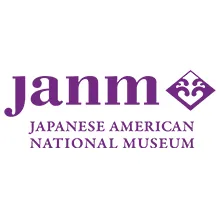 Logo for Japanese American National Museum
Logo for Japanese American National Museum
For those interested in natural history and paleontology, the La Brea Tar Pits and Museum is a must-see. Located in the heart of the city, this active paleontological research site offers a unique glimpse into prehistoric Los Angeles, with ongoing excavations revealing fossils of ice age animals. It’s an incredible educational experience for all ages.
Finding Your Perfect Amateur Astronomy Telescope – Expert Guide 2025
Discover the Best Michigan Places to Visit for Unforgettable Adventures in 2024
Discover the Top 11 nevada places to visit
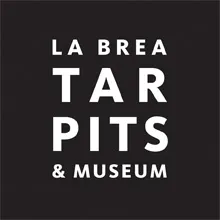 Logo for La Brea Tar Pits and Museum
Logo for La Brea Tar Pits and Museum
Music lovers shouldn’t miss the GRAMMY Museum at L.A. Live. This interactive museum explores the history and impact of music and the recording industry, celebrating the winners and history of the Grammy Awards. It’s a fun and engaging way to spend an afternoon, delving into the sounds that have shaped global culture.
LA Plaza de Cultura y Artes in Downtown LA focuses on the history and culture of Mexican Americans and all Latino communities in Southern California. Through exhibitions and public programming, it explores identity, culture, and the ongoing contributions of these communities to the region. It’s a place of celebration and historical reflection.
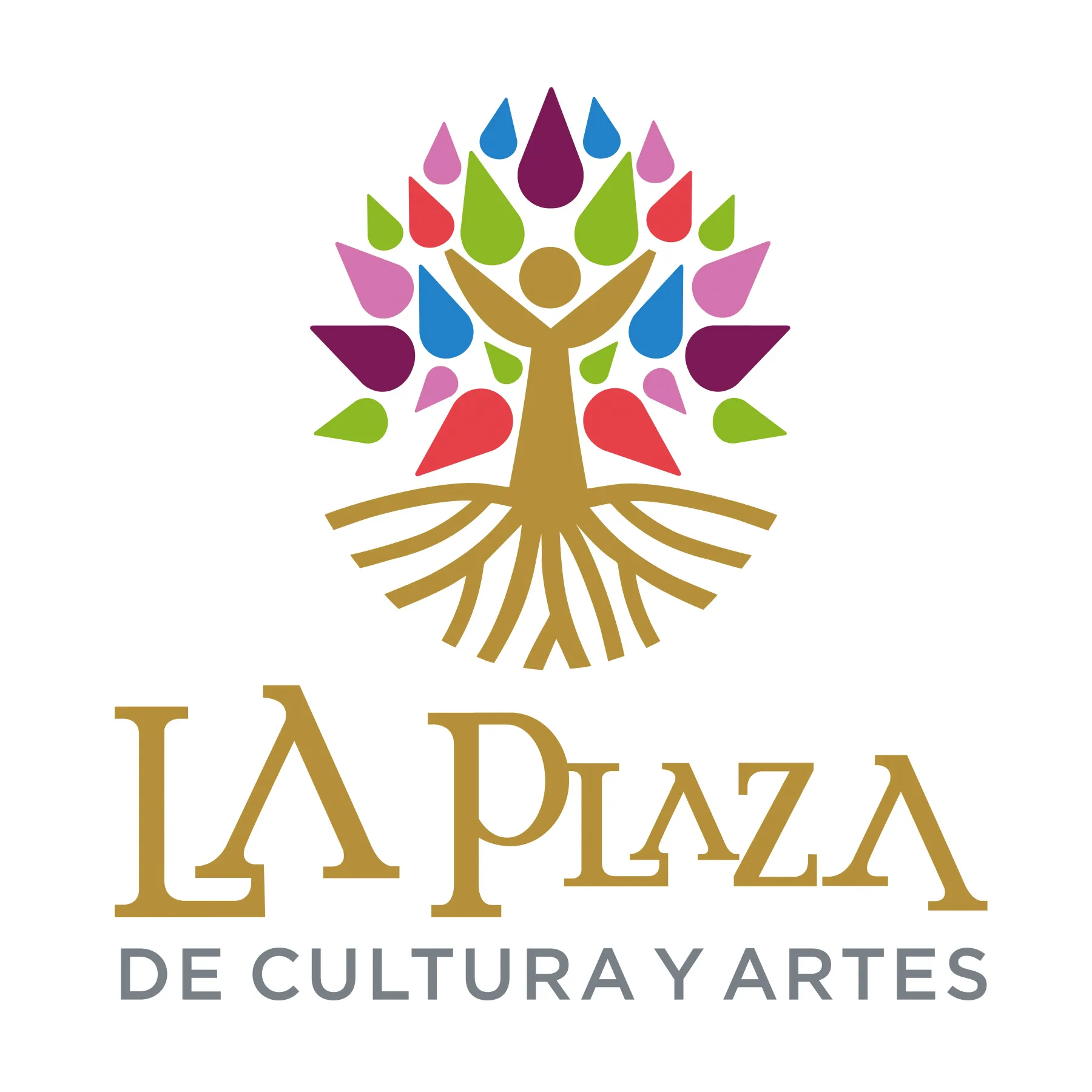 Logo for LA Plaza de Cultura y Artes
Logo for LA Plaza de Cultura y Artes
The Museum of Tolerance is another significant institution, dedicated to exploring prejudice and discrimination through interactive exhibits and historical accounts, particularly focusing on the Holocaust. It’s a powerful and moving experience that encourages reflection and dialogue on important social issues. This museum is crucial for understanding difficult histories.
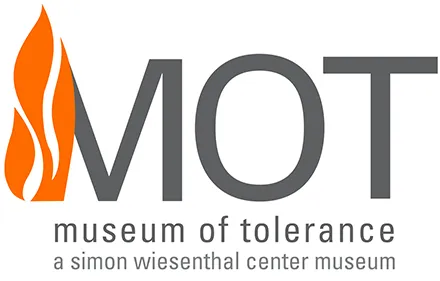 Logo for the Museum of Tolerance
Logo for the Museum of Tolerance
The Natural History Museum of Los Angeles County, located near Exposition Park, houses vast collections spanning paleontology, geology, and the diverse ecosystems of California. Its dinosaur hall is particularly impressive, and its exhibitions frequently explore the interconnectedness of nature and human history. It’s a cornerstone for science education and discovery.
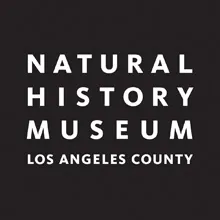 Logo for the Natural History Museum of L.A. County
Logo for the Natural History Museum of L.A. County
These institutions represent just a fraction of what Los Angeles offers culturally. Each one contributes uniquely to the city’s intellectual and artistic landscape, making them excellent answers to the question of Los Angeles Where To Go for those seeking enrichment. Exploring them provides a deeper understanding of the diverse threads that make up the fabric of LA.
The Los Angeles Public Library Discover & Go Program
For eligible Los Angeles residents, the Los Angeles Public Library’s Discover & Go program offers a fantastic opportunity to access some of these cultural destinations for free. This program is designed to provide library cardholders with passes to museums and attractions, making cultural exploration more accessible. Understanding how it works is key to leveraging this resource when planning your visits.
To use the program, eligible residents (18+ with a valid LAPL card in good standing, residing in specific LA City zip codes) log in to the Discover & Go website with their library card. They can then browse available passes by date or by attraction. This system allows users to plan their visits in advance and secure entry to popular spots, though availability can be limited.
Once a reservation is made, the pass must be printed or downloaded shortly before the visit. It’s important to note that passes are typically valid only for the name and date specified and require a valid photo ID that matches the name on the pass. Also, once a pass is printed or downloaded, the reservation cannot be canceled.
Key aspects of the program include limitations on the number of active reservations a user can have at one time (typically two) and how far in advance reservations can be made (up to three months). New passes are released at the beginning of each month, operating on a first-come, first-served basis. Specific popular locations, like the Los Angeles Zoo, may have additional restrictions, such as being limited to residents in certain zip codes.
While the Discover & Go program is an excellent resource for residents exploring Los Angeles Where To Go, it’s worth noting that it doesn’t cover every single attraction in the city. However, it provides access to a significant number of popular and educational sites, making cultural experiences more accessible to the community. It encourages local engagement with the institutions that preserve history, art, and science.
Understanding the rules, such as needing a physical library card (e-cards are not accepted for eligibility in the program) and the geographical limitations, helps manage expectations. The FAQ section on the program’s website (or as included in the original source material) addresses common questions regarding eligibility, pass usage, reservation limits, and cancellations, providing necessary details for participants.
Beyond Museums: Other Los Angeles Where To Go Highlights
While museums are central to the cultural landscape, Los Angeles Where To Go encompasses a much wider range of experiences. The city’s diverse geography offers opportunities for outdoor activities, from hiking in the Hollywood Hills for iconic views to surfing or relaxing on the extensive coastline. Griffith Park alone offers hiking trails, the Griffith Observatory, the LA Zoo, and vast green spaces.
The history of Los Angeles is visible in its architecture and neighborhoods. Exploring Downtown LA’s historic core, visiting Olvera Street (considered the birthplace of Los Angeles), or walking through the Victorian homes in Angelino Heights provides a sense of the city’s past. The Los Angeles Conservancy offers tours that delve into the architectural history, a fantastic way to appreciate the city’s built environment.
 Logo for the Los Angeles Conservancy
Logo for the Los Angeles Conservancy
The culinary scene, as mentioned, is a major draw. Exploring ethnic enclaves like Koreatown, Little Tokyo, or the San Gabriel Valley reveals incredible authentic food experiences that go far beyond typical tourist fare. Seeking out specific dishes or neighborhoods known for their cuisine is a rewarding way to explore Los Angeles Where To Go. Food tours can also be a great option to sample a variety of offerings.
Sports are also a significant part of LA life. Depending on the season, you might catch an NBA Lakers or Clippers game, an NHL Kings game, an MLB Dodgers game, an MLS LA Galaxy or LAFC match, or even college sports at USC or UCLA. Experiencing a live game with passionate local fans is a unique cultural immersion. The LA Galaxy are a major MLS team.
Performance arts also thrive here, from major theaters like the Ahmanson Theatre and the Pantages to smaller, experimental venues. The Los Angeles Opera offers grand productions. Checking local listings for concerts, theater performances, and dance shows is another excellent way to experience the city’s cultural pulse.
Unique and quirky spots like the Museum of Jurassic Technology in Culver City offer offbeat experiences that challenge conventional museum formats, perfect for those looking for something truly different when deciding on Los Angeles Where To Go.
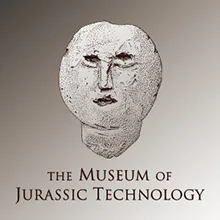 Logo for The Museum of Jurassic Technology
Logo for The Museum of Jurassic Technology
Neighborhood exploration is perhaps the best way to understand the true spirit of Los Angeles. Spend time walking around Silver Lake, exploring the shops and cafes. Wander through Venice Beach to see the street performers and unique characters. Discover the art galleries in Culver City or the fashion boutiques on Melrose Avenue. Each area tells a different story and offers distinct sights, sounds, and tastes.
Planning Your Visit: Practical Tips for Los Angeles Where To Go
Navigating Los Angeles can be challenging due to its size and traffic. Planning your itinerary geographically is crucial. Consider using the city’s public transportation options (Metro Rail and buses), ride-sharing services, or even exploring walkable neighborhoods on foot. Driving requires patience and awareness of parking restrictions.
The best time to visit depends on your interests. Spring and fall generally offer pleasant weather, ideal for outdoor activities and exploring neighborhoods. Summers can be hot, especially inland, while winters are mild but can bring rain. If you’re hoping to use the library pass program, remember that availability is limited and released monthly, so planning ahead is essential for popular destinations.
For dining, don’t be afraid to venture beyond the well-known restaurants. Explore food trucks, local markets, and restaurants tucked away in strip malls – often where you’ll find the most authentic and delicious food. Engaging with locals can lead you to hidden culinary gems.
Finally, embrace the unexpected. Los Angeles is a city of spontaneity and diverse encounters. Be open to discovering small galleries, impromptu street performances, or conversations with locals that can lead you to surprising places and experiences, enriching your understanding of Los Angeles Where To Go.
Frequently Asked Questions About Exploring Los Angeles
Many visitors and residents have questions about making the most of their time in LA. Here are some common inquiries, particularly relevant to accessing cultural sites or general exploration.
Q: How can I find free things to do in Los Angeles?
A: Many museums offer free admission on certain days or hours (check their websites). Hiking trails, beaches, and parks are free to access. Exploring neighborhoods like Venice Beach or the Arts District can be done for free. Residents can also use the Los Angeles Public Library’s Discover & Go program for free museum passes.
Q: Is it easy to get around Los Angeles without a car?
A: It’s possible but requires planning. The Metro system connects many key areas, and buses are extensive. For specific destinations or covering large distances efficiently, ride-sharing or occasional taxis may be necessary. Exploring specific neighborhoods without a car is much easier.
Q: What are the must-see historical sites in Los Angeles?
A: Olvera Street is a key historical area. The Mission San Fernando Rey de España offers a glimpse into the Spanish era. Union Station is a beautiful historic transportation hub. Exploring the historic core of Downtown LA with its old theaters and buildings is also recommended.
Q: Are there family-friendly activities in Los Angeles?
A: Absolutely. The LA Zoo, La Brea Tar Pits, Natural History Museum, California Science Center (free general admission), Griffith Observatory, and various beaches and parks are great for families. Many museums listed also have family-friendly exhibits.
Q: Where can I find the best diverse food experiences?
A: Explore ethnic neighborhoods like Koreatown, Little Tokyo, Boyle Heights, and the San Gabriel Valley for authentic international cuisine. Grand Central Market in Downtown LA offers a wide variety of food vendors under one roof.
Conclusion
Deciding on Los Angeles Where To Go is an exciting challenge because the options are as vast and varied as the city itself. Whether you’re drawn to world-renowned museums and cultural institutions, eager to delve into the city’s complex history, excited to sample its incredible global cuisine, or looking for outdoor adventures and unique local experiences, Los Angeles delivers. For residents, programs like the library’s Discover & Go provide valuable access points to enriching cultural experiences. For all visitors, approaching LA with curiosity and an open mind will unlock the true depth and dynamic spirit of this remarkable city. Start planning your journey to explore the many wonders that await in Los Angeles.

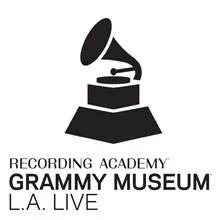 Logo for the GRAMMY Museum
Logo for the GRAMMY Museum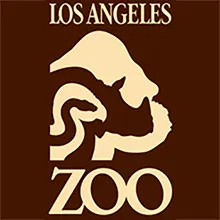 Logo for the L.A. Zoo
Logo for the L.A. Zoo Logo for LA Galaxy
Logo for LA Galaxy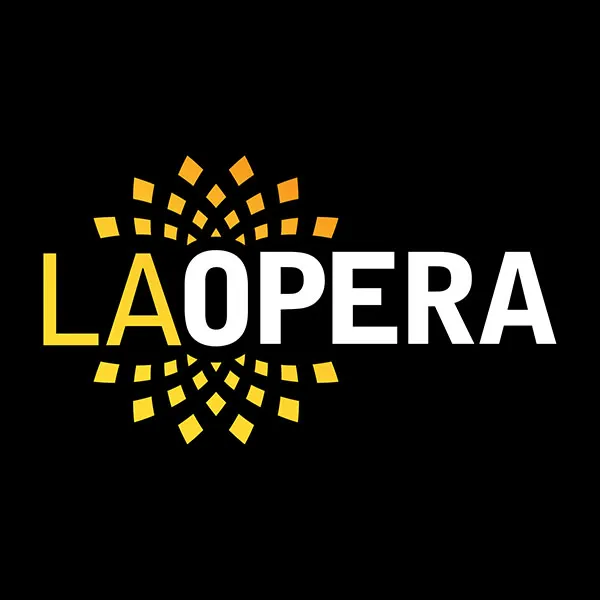 Logo for the L.A. Opera
Logo for the L.A. Opera